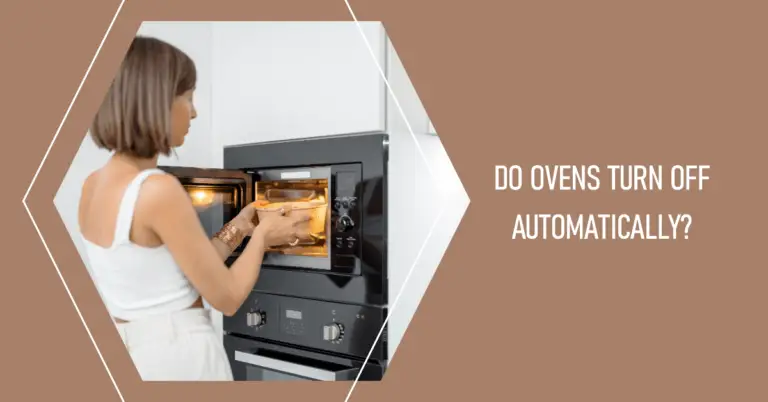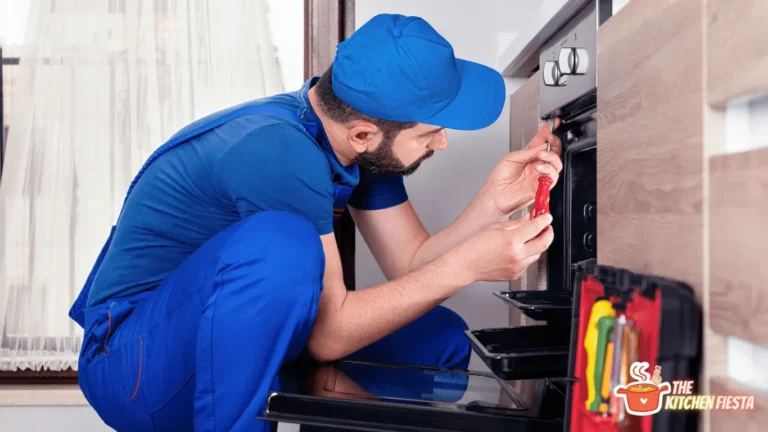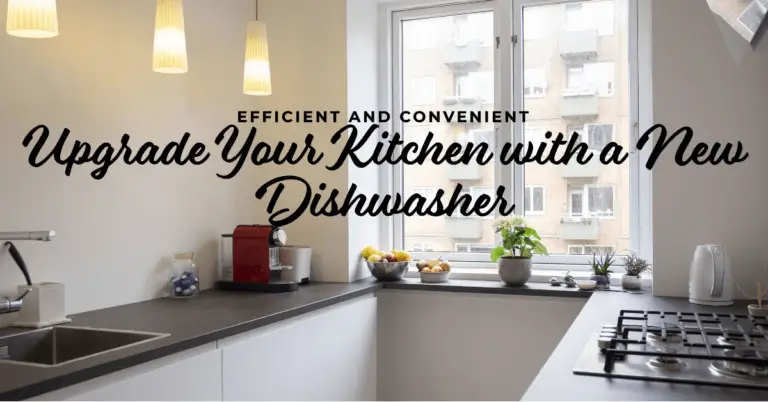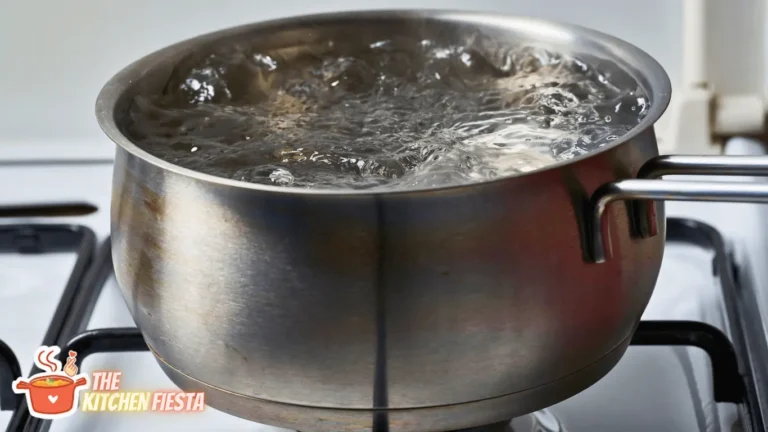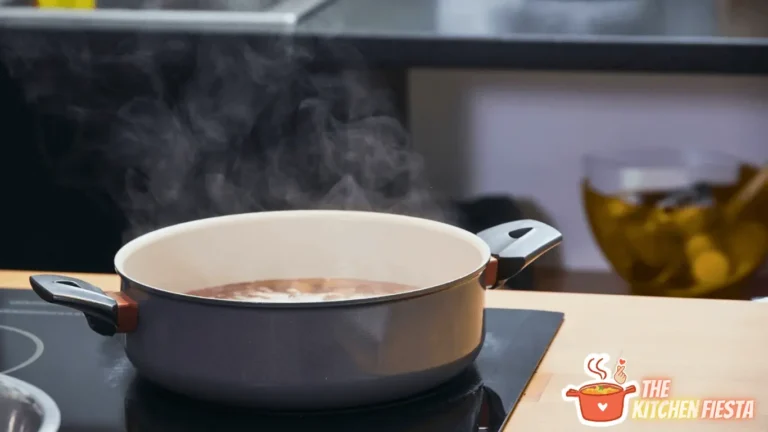How Much Is a Stove Worth in Scrap Metal? A Comprehensive Guide
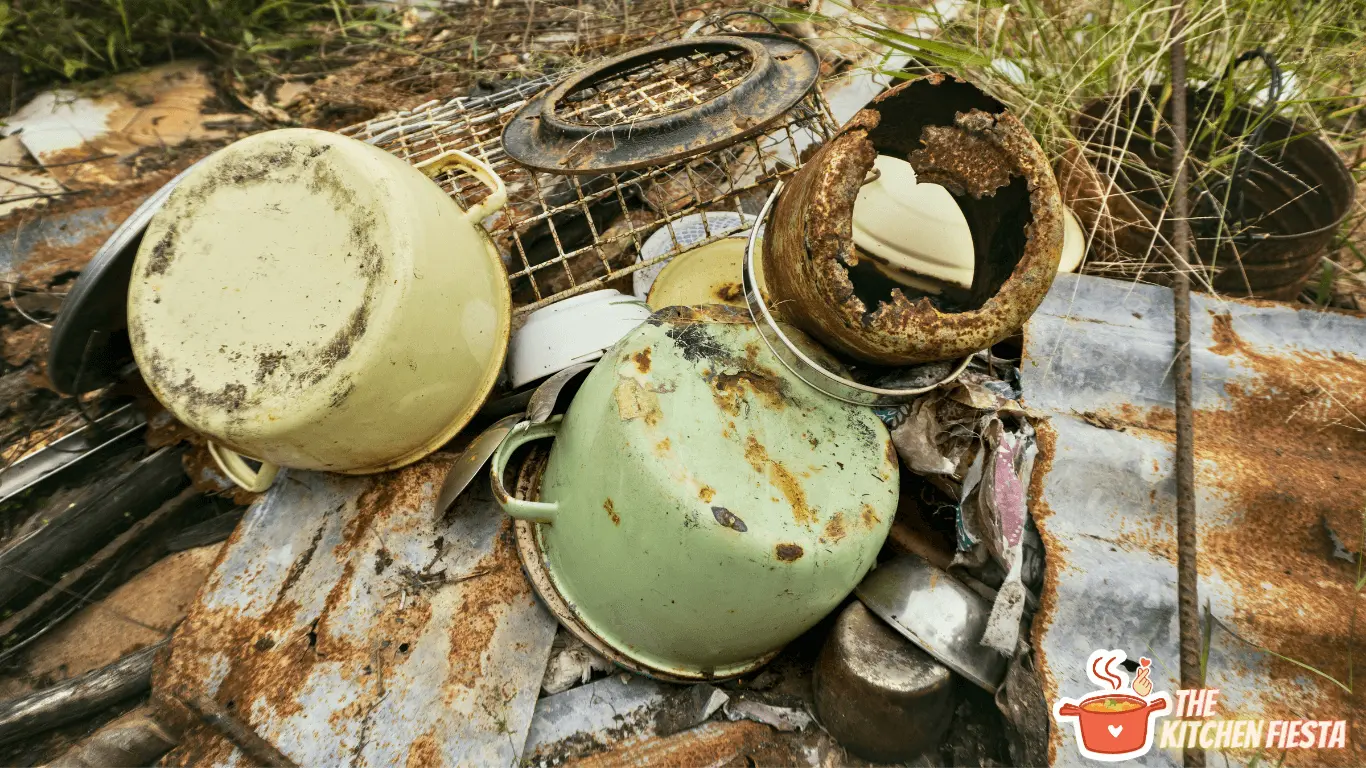
A stove is a common household appliance that can last for many years. However, when it is time to replace it, homeowners may wonder how much it is worth in scrap metal. The answer to this question can vary depending on several factors, including the type and size of the stove, as well as the current market conditions for scrap metal.
According to various experts, a stove is typically worth around $30 in scrap metal. However, this value can fluctuate based on the type of metal the stove is made from. For example, cast iron stoves can be worth more than other stoves due to their weight and the amount of metal they contain.
Additionally, the current market conditions for scrap metal can impact the value of a stove.
Understanding Scrap Metal Value
When understanding the value of scrap metal, there are a few key factors to remember. First and foremost, the type of metal will play a significant role in determining its value. Metals like copper and aluminum tend to be more valuable than others, such as steel or iron.
Another factor to consider is the condition of the metal. Scrap metal that is clean, free of rust, and in good condition will generally fetch a higher price than dirty, damaged, or corroded metal.
The weight of the metal is also an important consideration. The more metal you have, the more money you can expect to receive. However, remember that some metals are denser than others, so a smaller amount of a dense metal like lead may be worth more than a larger amount of a less dense metal like aluminum.
It’s also worth noting that the current market demand for a particular metal will affect its value. If there is high demand for copper, for example, the price of copper scrap will likely be higher than if demand is low.
Factors Influencing Stove Scrap Metal Worth
1. Material Composition
The material composition of a stove is the primary factor determining its scrap metal worth. Stoves are typically made of steel, nickel, copper, and brass, all valuable metals. However, the exact composition of each stove can vary, affecting its worth. For example, a stove with more copper and brass components will be worth more than one with more steel.
2. Current Market Prices
The current market prices for scrap metal also play a significant role in determining the worth of a stove. The prices of scrap metal fluctuate based on supply and demand, with higher demand leading to higher prices. As such, the worth of a stove can increase or decrease depending on the current market prices.
3. Stove Condition
The condition of a stove can also impact its scrap metal worth. Stoves that are in good condition and can be resold as used items will have a higher worth than those damaged or broken. Additionally, the weight of the stove can also affect its worth, with heavier stoves typically being worth more.
Process of Scrapping a Stove
1. Disassembly
To scrap a stove, the first step is to disassemble it. This involves removing all the parts not made of metal, such as the glass door, knobs, handles, and insulation. The remaining metal parts, such as the burners, grates, and oven cavity, can then be separated and sorted.
2. Sorting and Cleaning
After disassembly, the metal parts are sorted according to type and quality. The different metals in the stove, such as copper, aluminum, and steel, are separated to be sold to the appropriate scrap yard. The parts are also cleaned to remove dirt, grease, or other contaminants that could lower their value.
3. Sale to Scrap Yard
Once the metal parts have been sorted and cleaned, they can be sold to a scrap yard. The scrap yard will weigh the metal and pay the seller based on the current market price for each type of metal. The price of scrap metal can vary widely depending on factors such as supply and demand, the metal’s purity, and the scrap yard’s location.
It is important to note that the value of a stove in scrap metal will depend on its size, age, and condition. Older stoves may contain more valuable metals, such as copper. Still, they may also be more difficult to disassemble and clean. Additionally, larger stoves will generally be worth more than smaller ones due to their greater amount of metal.
Environmental Impact of Scrapping Stoves
When considering scrapping a stove, it’s important to consider its environmental impact. While recycling scrap metal benefits the environment, scrapping stoves can have negative consequences if not done properly.
One concern is the release of harmful chemicals and pollutants into the air during the scrapping process. Stoves may contain asbestos, which can be hazardous to human health if not handled carefully. Additionally, burning fossil fuels to power the machinery used in the scrapping process can contribute to air pollution and climate change.
Another environmental concern is the waste generated during the scrapping process. While some materials from the stove can be recycled, others may end up in landfills. This can contribute to the already significant problem of waste management and disposal.
To minimize the environmental impact of scrapping stoves, working with reputable scrap yards that follow proper environmental regulations and guidelines is important. Additionally, individuals can consider alternatives to scrapping, such as donating the stove to a charitable organization or selling it for reuse.
While scrapping stoves can have a negative environmental impact, it can also be a beneficial process if done responsibly and with consideration for the environment.
Conclusion
In conclusion, the value of a stove in scrap metal hovers around $30, considering factors like stove type, size, and current scrap metal market conditions. While prices may vary among buyers, recycling old stoves can still yield a decent sum. It is essential to explore multiple options to secure the best deal. Certain metals, such as copper and aluminum, may fetch higher prices. Adequately preparing appliances for recycling, like removing non-metal components and segregating different metals, ensures maximum value from the scrap.
Recycling scrap metal is a vital step in waste reduction and resource conservation, making selling old stoves for scrap financially beneficial and environmentally responsible. Individuals can contribute to a more sustainable and eco-friendly future by participating in recycling efforts.
Frequently Asked Questions
What is the current scrap metal price for stoves?
The current scrap metal price for stoves may vary depending on various factors, such as the type and size of the stove, the condition of the stove, and the current market conditions for scrap metal. It is recommended to check with local scrap yards or online sources to get the most up-to-date information on scrap metal prices.
How can I determine the weight of my stove for scrap metal purposes?
To determine the weight of your stove for scrap metal purposes, you can use a scale to weigh the stove. Removing non-metal components, such as glass or plastic, is important before weighing the stove to get an accurate weight for scrap metal purposes.
What is the typical value of a scrap metal stove?
The typical value of a scrap metal stove may vary depending on the factors mentioned earlier. However, a stove costs around $30 in scrap metal on average.
Are there any regulations or restrictions on scrapping stoves?
There may be regulations or restrictions on scrapping stoves depending on the state or country you are in. It is recommended to check with local authorities or scrap yards to ensure you follow all necessary regulations and restrictions.
What are some common materials found in stoves that affect their scrap value?
Some common materials in stoves that affect their scrap value include steel, copper, aluminum, and brass. The more of these materials a stove contains, the higher its scrap value may be.
Where can I find a scrap yard that accepts stoves?
You can find a scrap yard that accepts stoves by searching online or checking local directories. It is recommended to call ahead and ask about their policies and procedures for accepting stoves before bringing your stove to the scrap yard.

